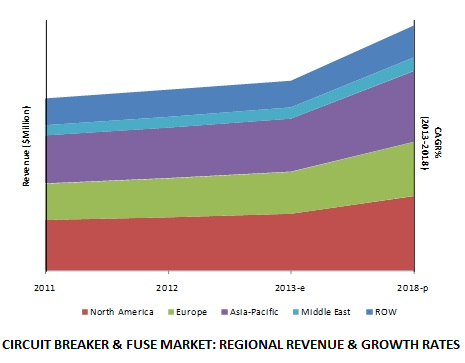Why do we use Dyes and Pigments?
Dyes and pigments are the basic materials which are used for various purposes like coloring paint, ink, plastic, fabric, cosmetics, food and other materials. We use Dyes and pigments for various purposes because it have the characteristic of changing the color of reflected or transmitted light due to the partial wavelength absorption, this process differs from fluorescence.
Pigment
It is the basic compound which is used in different coloring applications like paint, ink etc. because of its property of absorbing the wavelength of transmitted light.
There are various applications of pigments such as coloring paint, ink, plastic, fabric, cosmetics, food and other materials. Most pigments used as colorants in different industries.
Basics behind Dyes and Pigments working:
Dyes and pigments holds the property of reflecting and absorbing of wavelength, due to this the resultant colour of material is changed when dyes and pigments are added to them.
Following diagram shows the exact working of dyes and pigments:
The diagram shows the complementary colors of natural colors after absorption of wavelength.
Pigments Compounds
1)Azo pigments
Azo pigments are basically colorless particles which are then colored by using an azo compound. It is a very crucial compound in a variety of paints including artist's paints.
2)Phthalocyanine
It is an extreme blue-green-coloured aromatic macrocyclic compound which is broadly used in dyeing. Phthalocyanine's brilliant blue is frequently used as a compound in paints and dyes.
It has following properties such as light fastness, tinting strength, covering power and resistance to the effects of alkalies and acids.
Organic and Inorganic Pigments.
Inorganic Pigments: These are generally metallic oxides or synthetics. These Mineral-earth type pigments are very simple and naturally occurring colored substances. The methods used for preparation of these pigments are very simple and consists of the processes of washing, drying, pulverizing and mixing into a formulation.
Examples: lead oxide, cobalt blue, chromium oxide, cadmium yellow, molybdate orange, and nickel titanate, Titanium Dioxide, Antimony Oxide etc.
Organic Pigments: Majority of these pigments are chemically synthesized because these compounds usually not found in the nature. Organic pigments contain carbon and generally have relatively low levels of toxicity, which will not lead to any major environmental concern.
Dyes
A dye is a basic compound which has the property of absorption of wavelength which has an affinity to the substance to which it is mixed. The dye is generally applied in an aqueous solution, and requires a mordant to improve the fastness of the dye on the fiber.
Types of Dye
1) Reactive Dye
Reactive dyeing is the most important method for the coloration of cellulosic fibres. Reactive dyes can also be applied on wool and nylon;
2)Disperse Dye
Disperse dyes are the only water insoluble dyes that dye polyester[1] and acetate fibers. Disperse dye molecules are the smallest dye molecules among all dyes.
These arev applied to Fibers such as polyester, acetate, other synthetics.
3)Vat Dye
oldest dyes; more chemically complex; water-insoluble
Typically applied to cotton, other cellulosics
4)Acid Dye
An acid dye is a dye, chemically a sodium (less often–ammonium) salt of a sulfuric, carboxylic or phenol organic acid. A class of dyes used on wool, other animal fibers, and some manufactured fibers. Acid dyes are seldom used on cotton or linen since this process requires a mordant.
The global demand for dyes and pigments is forecast to reach 11 million metric tons by 2018. The global pigments market is projected to grow at a Compound Annual Growth Rate of 4% from 2013 to 2018.
There is demand for Organic Pigments due to the good asking rate for high performance pigments, but due to the high cost of Organic pigments compared to Inorganic Pigments the growth of Organic pigments is Restricted.
In the dyes and pigments market, Asia-Pacific accounts for the largest market share. India and china are expected to have a good growth rate in dyes and pigments market as compared to developed countries.
Some of the leading market holder companies are listed as follows: Kiri Industries Ltd (India), Clariant International Ltd (Switzerland), BASF (Germany), Cabot Corp (U.S.), E.I. Du Pont De Nemours & Co. (U.S.), ECKART GmbH (Germany), Huntsman Corporation (U.S.), Kronos Worldwide Inc. (U.S.), LANXESS AG (Germany), CRISTAL (Saudi Arabia), and Rockwood Holdings Inc. (U.S.).
For more Details On Dyes and Pigments Market: Click Here

















